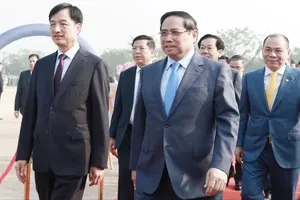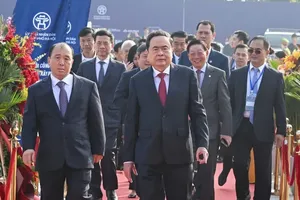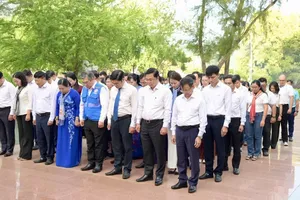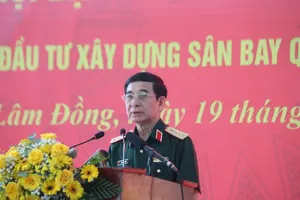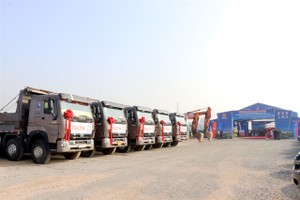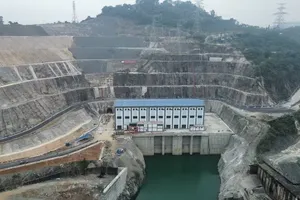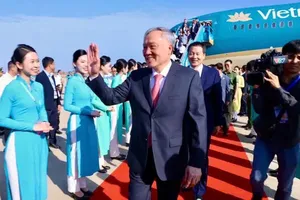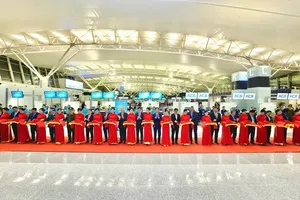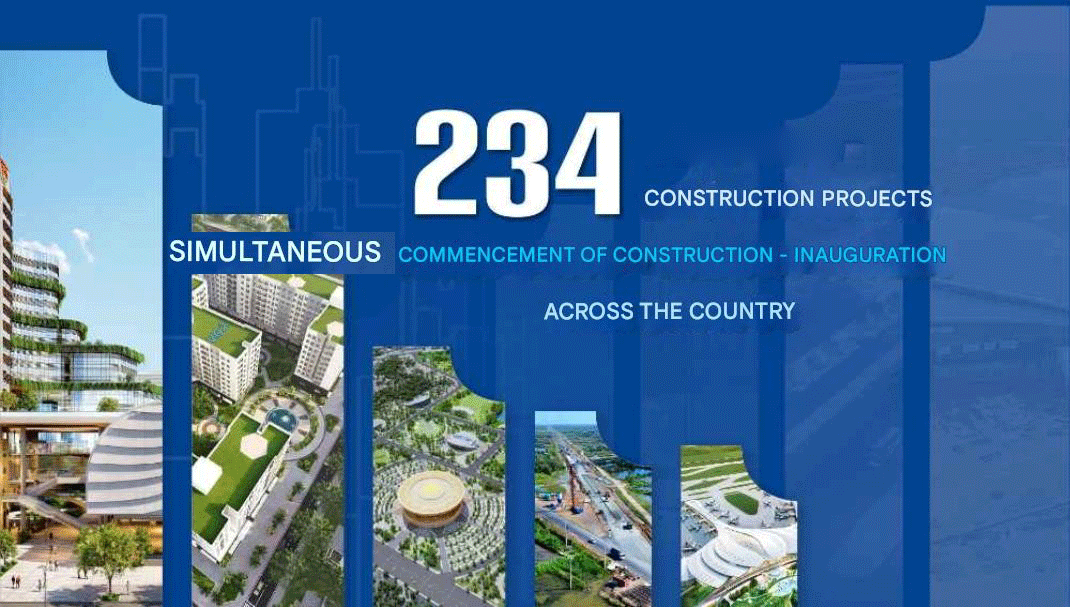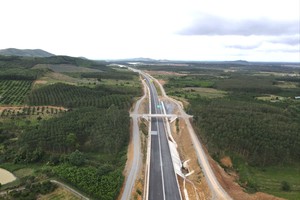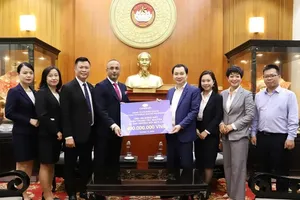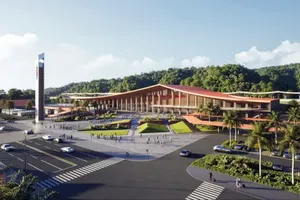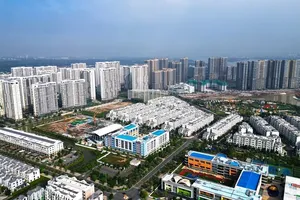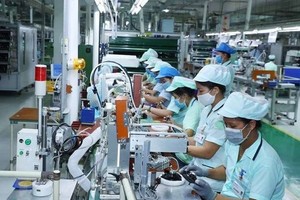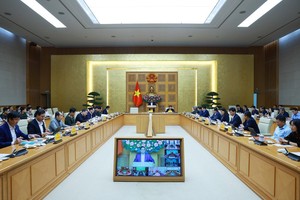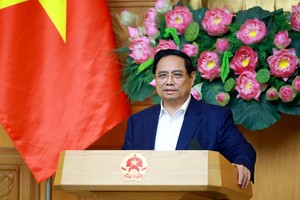Total value of property inventory nationwide has reduced in the first 11 months of this year, according to the Ministry of Construction.
Until November 21, total value stood at VND31.84 trillion (approximately US$1.4 billion), VND867 billion lower than the value in the period from the beginning of this year until October 20, and a reduction of VND19 trillion compared to end-2015, the ministry said.
It said property inventory would continue reducing but the fall would be slow, and the inventory would be mainly land at projects located far from city centres without infrastructure.
The ministry also said transactions on Hanoi’s real estate market in November increased by 3.9 percent month-on-month to 1,350 units.
Meanwhile, HCM City had 1,330 transactions on its municipal property market in November, a month-on-month increase of 8.6 percent. Successful transactions were focused on mid- and high-grade apartment projects or land in sub-urban regions.
Selling prices in November slightly increased in the HCM City market but remained stable in Hanoi. However, some places in Hanoi saw increases of 10-15 percent in the selling price for land, including Dong Tru, Vinh Ngoc, Dong Hoi areas in Dong Anh District and An Khanh, An Thuong areas in Hoai Duc District, according to the ministry.
The ministry said the structure of property goods has been adjusted more reasonably. The nation had 63 projects registered to convert from commercial apartments to social apartments with a total volume of 42,370 units.
Le Hoang Chau, chairman of HCM City Real Estate Association (HoREA), said the domestic property market would continue to grow by the end of this year against the third quarter and prices of property market would also have increase.
The Vietnam Real Estate Association also agreed that the local property market would be hot by year-end.
According to the Savills Vietnam, in the third quarter of 2016, the Residential Index was 93.5 in HCM City’s market, increasing 0.6 point quarter-on-quarter (QoQ) and 4.5 points year-on-year (YoY).
There were approximately 7,500 sales, increasing 7 percent QoQ and 43 percent YoY. The absorption rate was 19 percent, increasing 2 percentage points QoQ and YoY.
Low-grade apartment pricing was closer to most Vietnamese purchasers’ affordability and hence captures a larger pool of end-users. Developers offering reasonably priced units typically target areas with inexpensive and readily available land, and improved and planned infrastructure.
In Hanoi’s market, the residential index was 105.8 in the third quarter, increasing 1 point quarter-on-quarter (QoQ) but decreasing 2.4 points year-on-year (YoY) with an average selling price of 27.6 million VND per sq.m.
However, there were approximately 5,660 sales, down 6 percent QoQ and 15 percent YoY. The primary absorption rate was approximately 33 percent, down 2 percentage points QoQ due to the Lunar July Ghost month and 12 percentage points YoY, said Savills Vietnam.
